Douro Region
The Douro region, birthplace of Port wine, is one of the oldest and most beautiful European wine regions. Wine has been produced there for two thousand years.
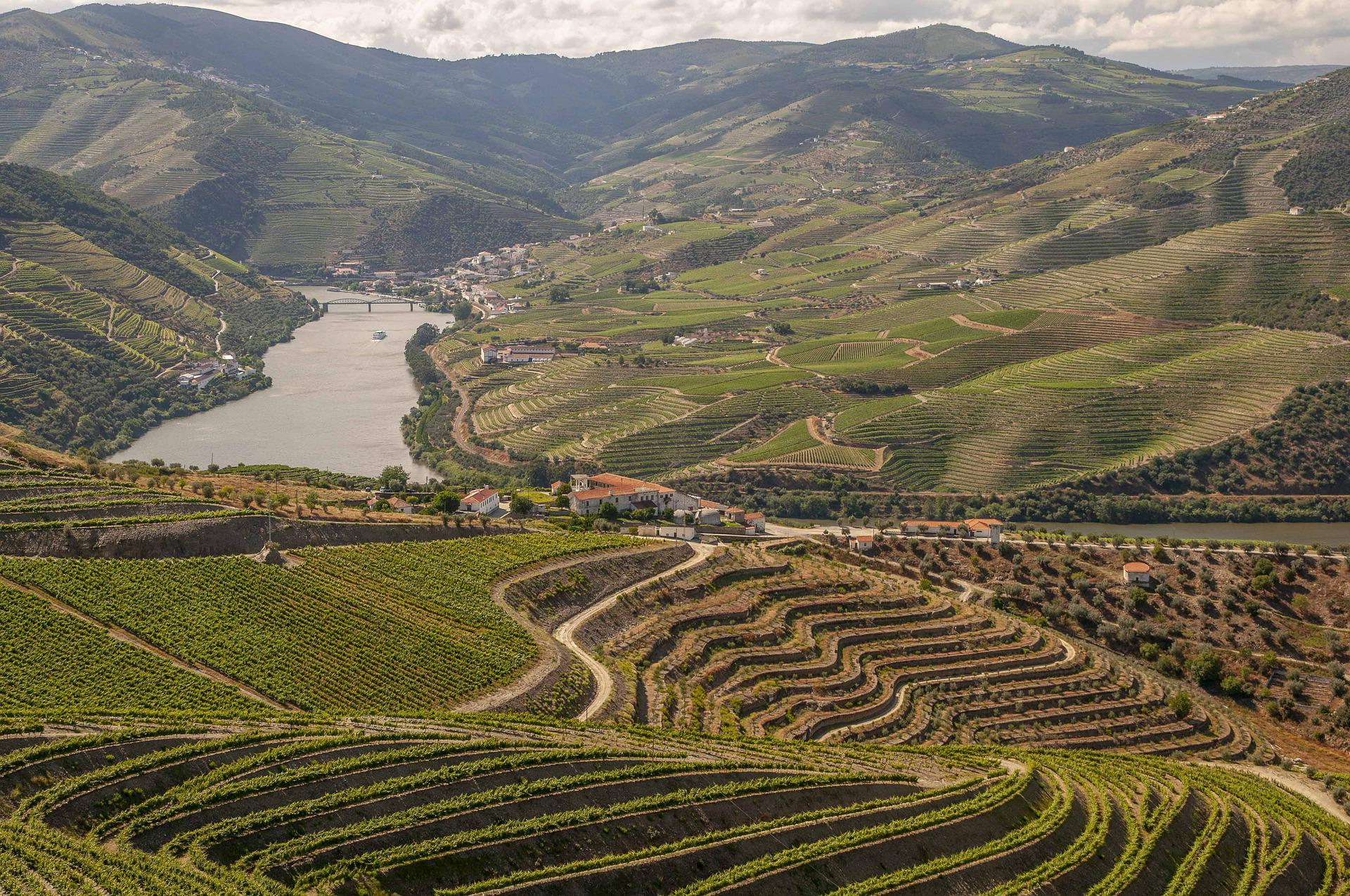
The Douro region is located in the north-east of Portugal, surrounded by the Marão and Montemuro mountains. The vineyard area occupies approximately 40,000 hectares, although the region extends over approximately 250,000 hectares. The vineyards are located from the top of the deep valleys to the banks of the river and create a magnificent landscape recognized by UNESCO as a World Heritage Site in 2001.
On September 10, 1756, Douro became the first wine region to be legally demarcated. It’s vineyards were classified the following year, almost a century before the Bordeaux. It is divided into three subregions: Baixo Corgo, Cima Corgo and Douro Superior.
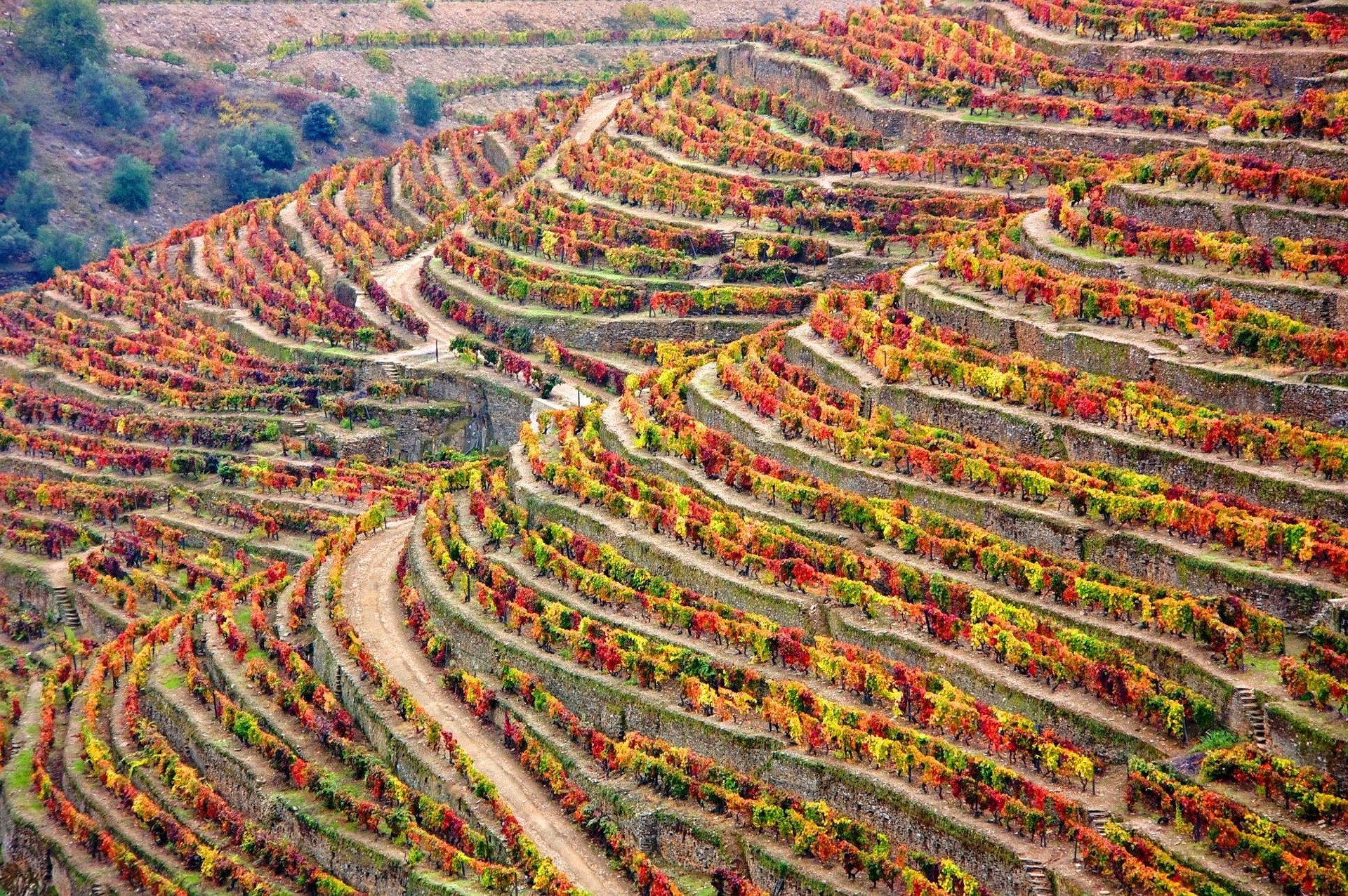
Beautiful landscapes of Douro vineyards
You can also find steam trains in the Douro region. Steam locomotive 0186, built in 1925 by Henschel & Son and the 5 historic wagons, covers the distance from Régua station to Tua station, in an unique journey to the past.
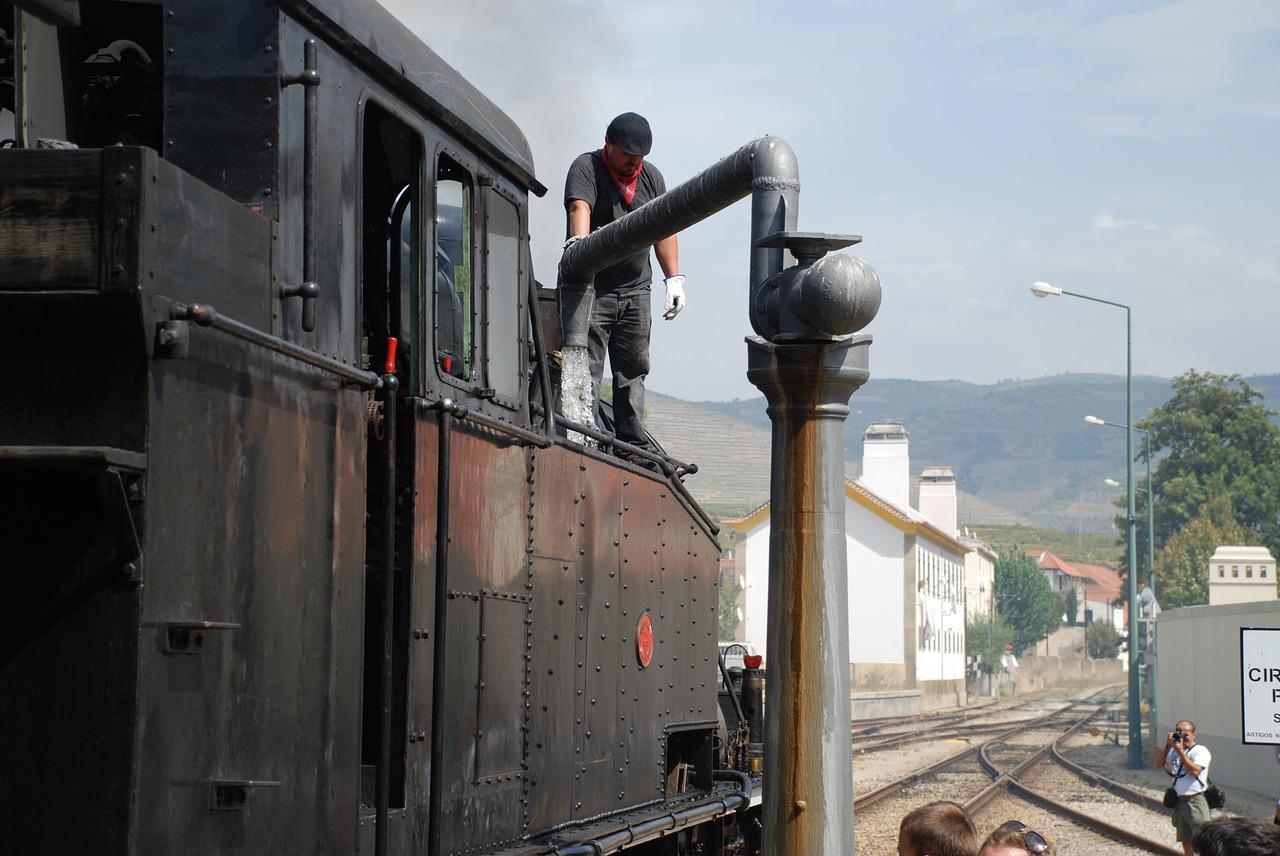
The predominant stone in the Douro region is schist, a highly laminated metamorphic rock. However, few people know that it is one of the main factors that helps produce world-class wines. Being rich in nutrients, this soil also has the useful property of retaining water. This stone is able to retain a certain amount of moisture, sufficient to allow the vines to survive in the arid conditions that prevail during most of the summer.
Most of the Porto and Douro wines are blends, that is, a mixture of different varieties to find the wine with the perfect balance.
Also in the Douro area, in Mirada do Douro, there is a typical dance group called "Pauliteiros from Miranda". In Miranda do Douro we also find Lhengua Mirandesa. This language has three sub-dialects (central or normal, northern or border, southern or Sendine) and its own dictionary, grammar and spelling. It can be learned at school, as an optional subject in primary education.

Douro Litoral is the region where the City of Porto is located. Porto is a national reference, considered the second capital of Portugal. It is a metropolis, full of culture, history, gastronomy, friendly people, a lot of tourism and trade. It is an international reference point as a European city.
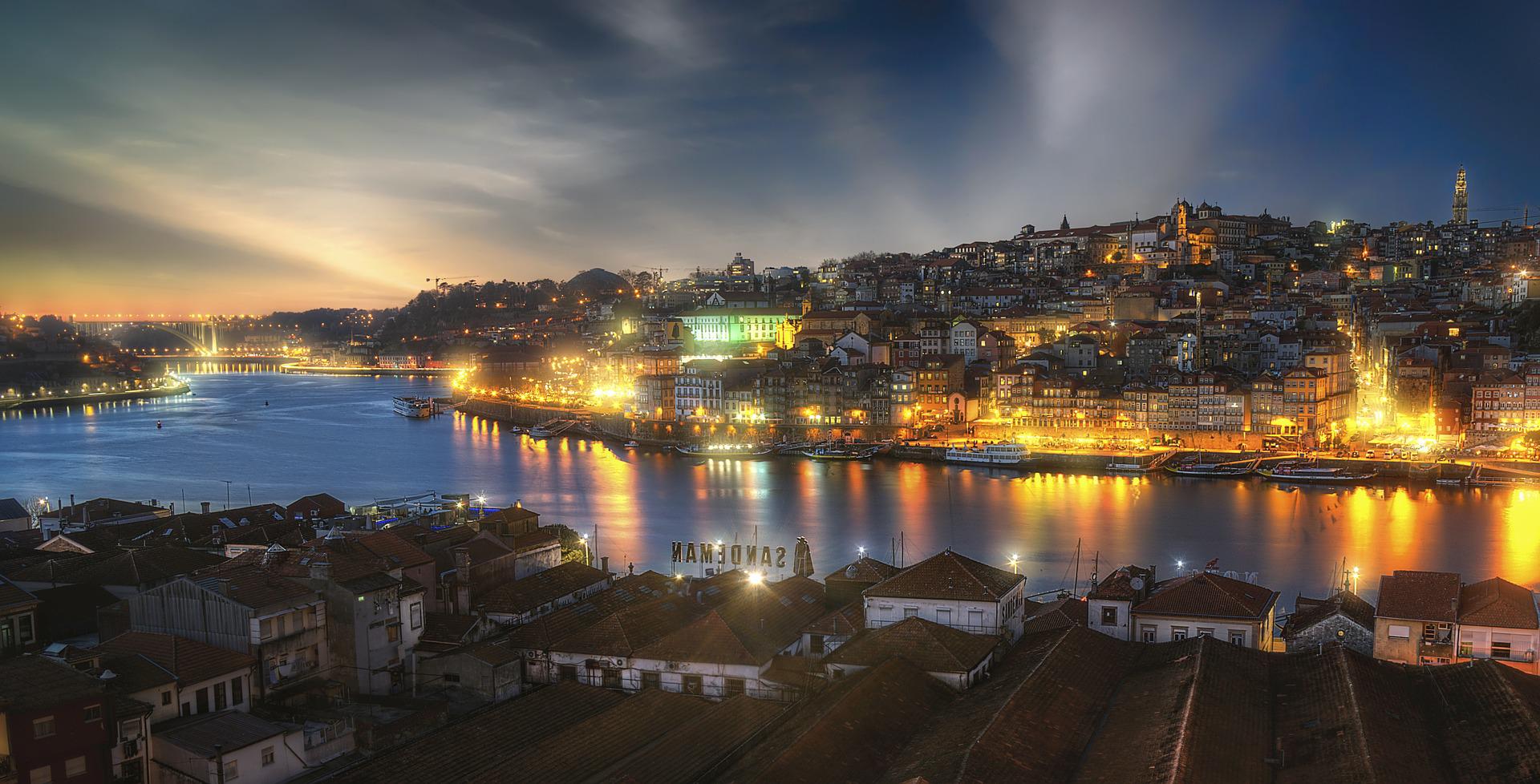
What can we eat?
Porto, being located in a coastal region, delights us with typical dishes consisting mainly of fish, seafood and cataplanes. We also find tripas à moda do Porto and Francesinha.
According to a legend, the first francesinha was born in the "A Regaleira" brewery, on Rua do Bonjardim, around 1950. It was Daniel David Silva, an emigrant from France, who developed the recipe inspired by a French sandwich called the croque-monsieur. Francesinha contains: A slice of bread, a slice of cheese, fresh sausages, roast beef, another slice of cheese and another slice of bread on top. Everything is then wrapped in slices of cheese and served with a special sauce.
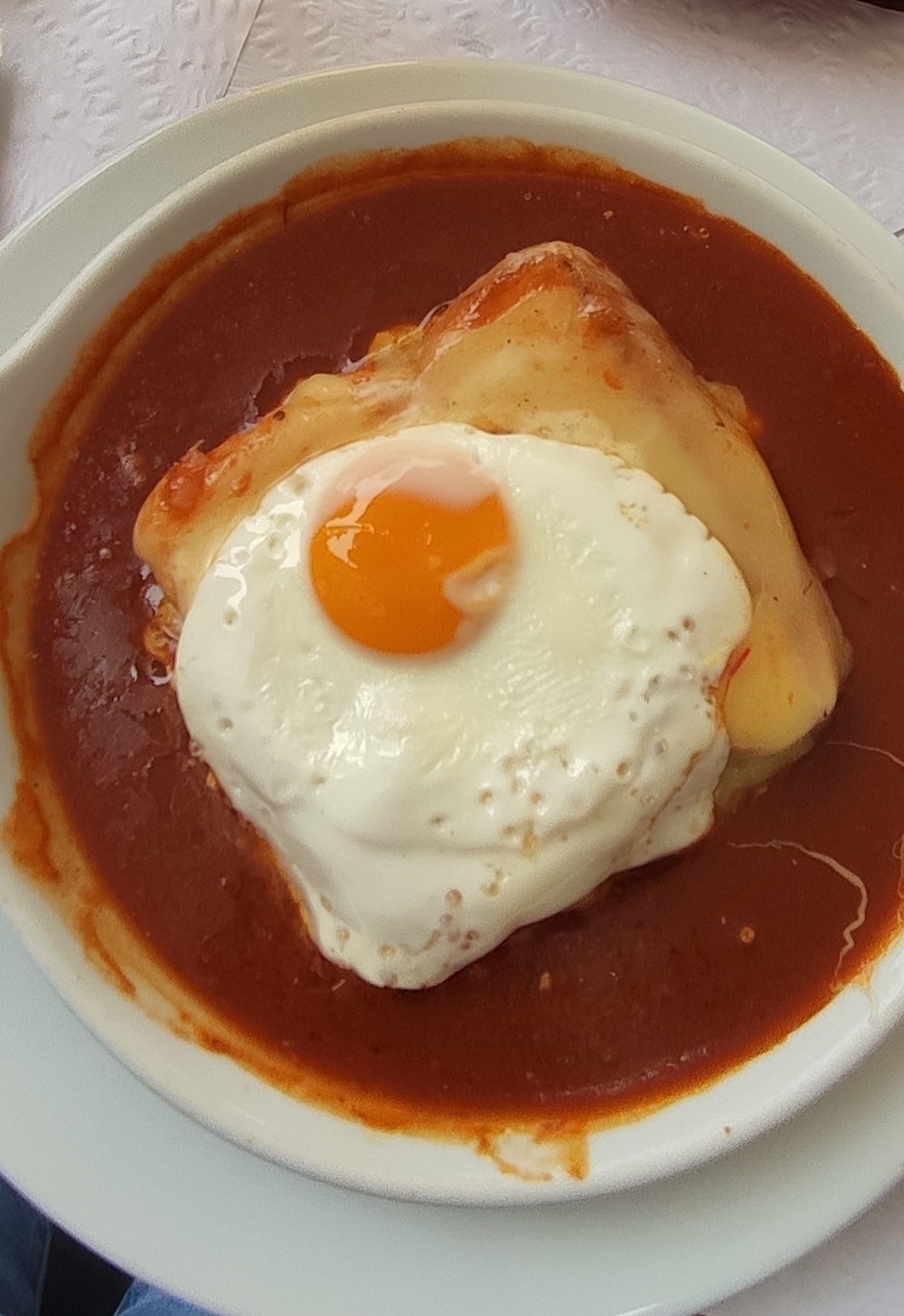
Francesinha
The regional gastronomy is accompanied by the fortified wine, the increasingly popular Douro table wines as well as the traditional cabrito (goat), brown meat and sausages.
The famous Bacalhau à Gomes de Sá recipe, one of the most emblematic cod dishes in the country, was born in Porto. The recipe comes from José Luís Gomes de Sá Júnior, a cod merchant from Ribeira who loved to cook. After trying the recipe, he sold it to a restaurant owner, which made it last forever.
What to visit in Porto?
The name of Portugal comes from the Latin "Portucale", the primitive name of the city of Porto, Cales Portus.
In Porto, there is a lot to do, from long walks along winding and historic streets or along the river, a football match of FC Porto or you can take advantage of the inexhaustible offer of restaurants and bars.
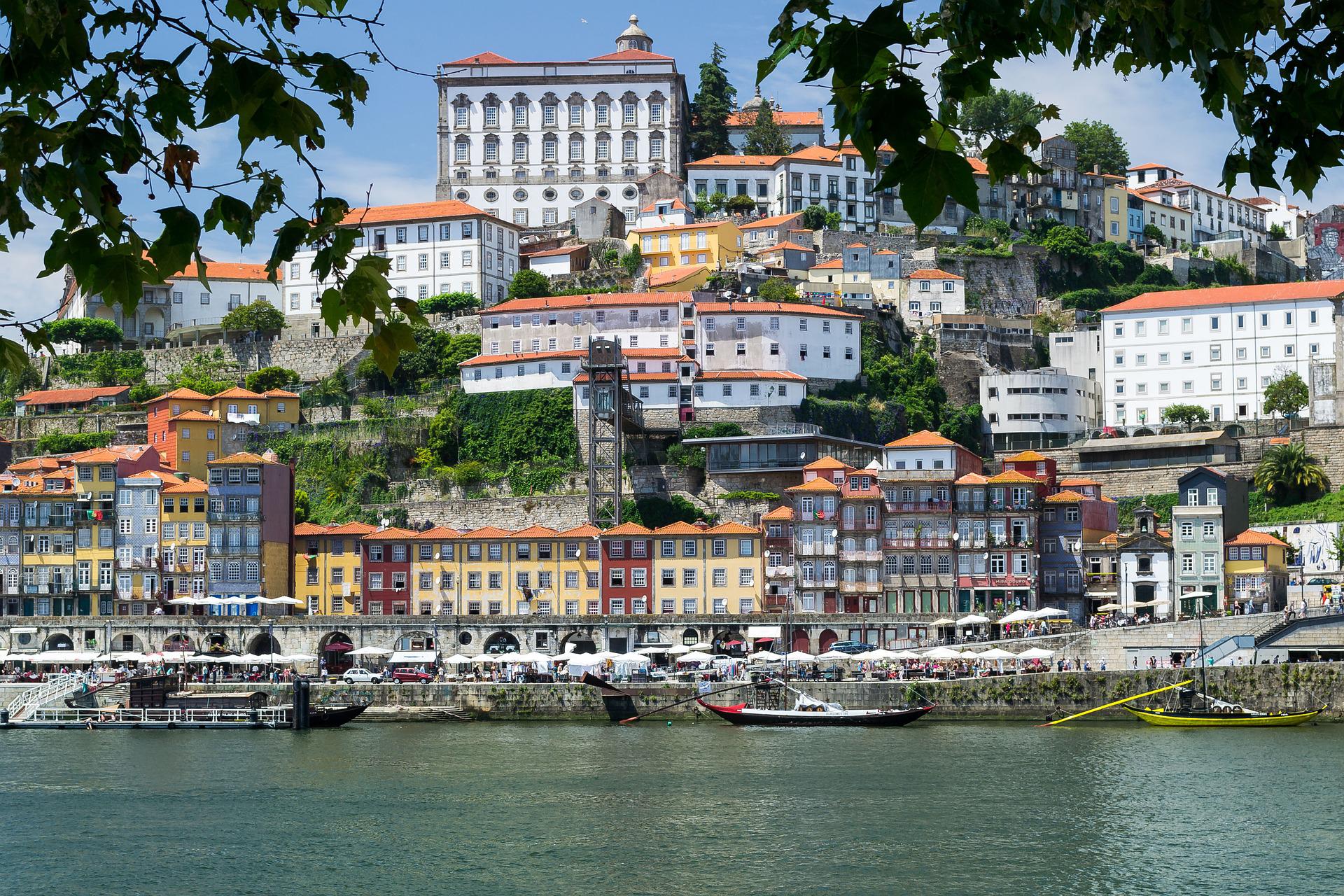
Avenida dos Aliados is the center and heart of the city of Porto. At the top of this boulevard is the beautiful building that is the city hall of Porto.
São Bento Station in Porto, built in 1896, was originally Porto Central Station. But what attracts attention as a touristic point is its imposing building, both inside and outside. The building is an architectural jewel of French influence, which presents a rich and detailed facade. The highlight is the main atrium of the station, covered with plaques with important passages from the country's history. In addition to the tiles that cover an area of 551 square meters, the roof of the central hall is also imposing.
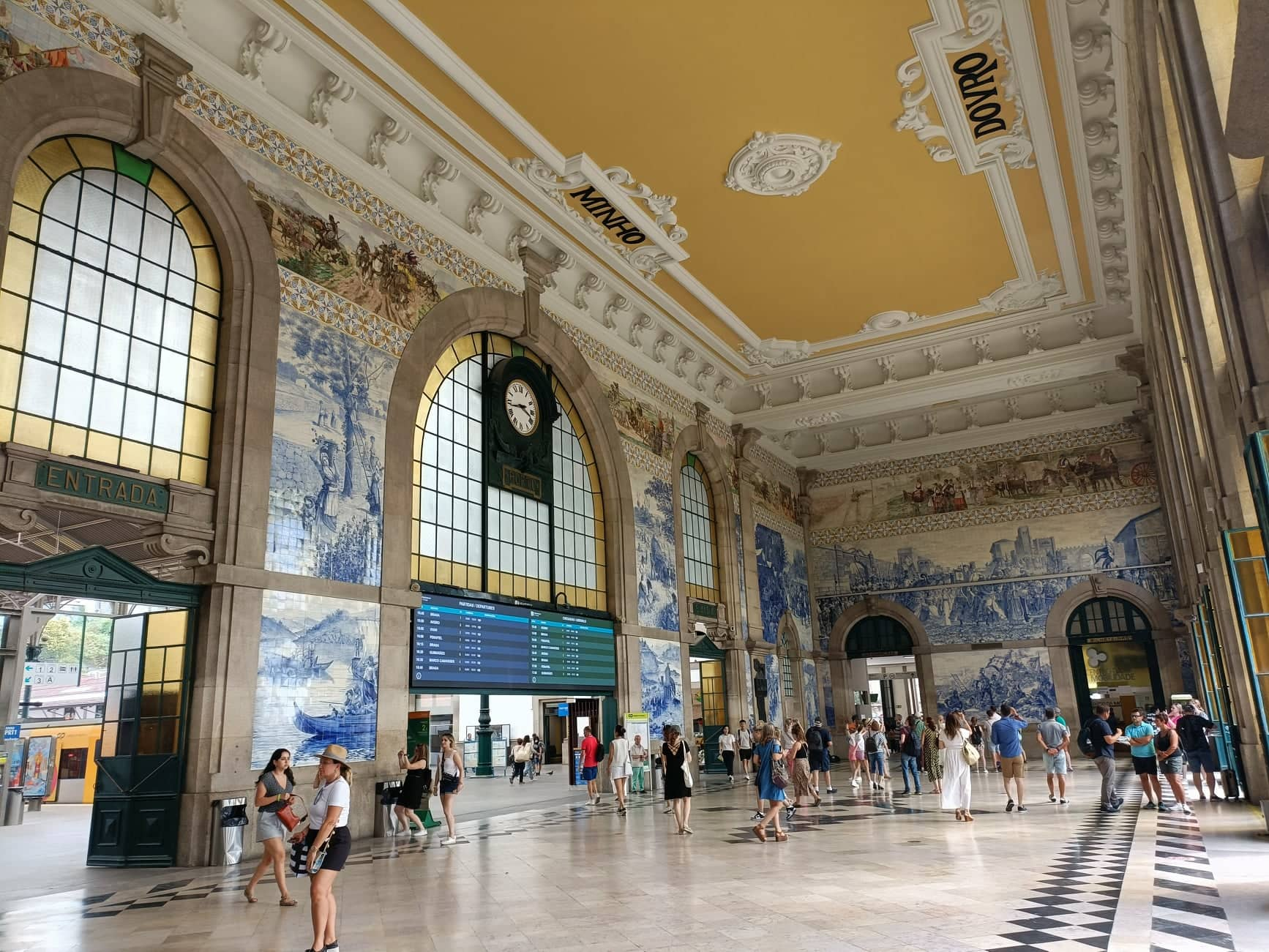
São Bento Station

Igreja de Santo António dos Congregados, Porto
Vila Nova de Gaia, also known as Gaia, is located on the banks of the mouth of the Douro River and is connected to Porto by a bridge that crosses the river and offers a very pleasant walk.
It is a very good area for trade and business, because many people who work in the city of Porto take the opportunity to move away from the area populated by tourists and live in Gaia, thus having enough space for small businesses and local offers.
As in Porto, there are many activities at hand in Gaia, like an afternoon on the beach or a Port wine tasting at the winery.
How did port wine appear?
Amid various theories about the origin of Port wine, it is believed that the discovery of this stylish drink was accidental. In the middle of the 17th century, England chose Portugal to be its main supplier of wine. In order for the wine to withstand the long journeys for which it was intended, English merchants added alcohol to the barrels to prevent its deterioration. This addition of alcohol not only preserved the drink, but also increased its aroma. Through this formula came the idea of adding alcohol during the fermentation process to sweeten the wine and increase its alcohol content.
Legend of D. Antonia Ferreira
Dona Antónia is considered to be the mother figure of the Douro area. One of the most remarkable characters in the history of Port wine production. A determined woman who built an empire around the vineyards and who cared about her workers, even financing her children's studies. Affectionately nicknamed "Ferreirinha", she became famous for her dedication to the cultivation of Port wine and the innovations she introduced to the vineyards of this region.
Some of our products from Douro
